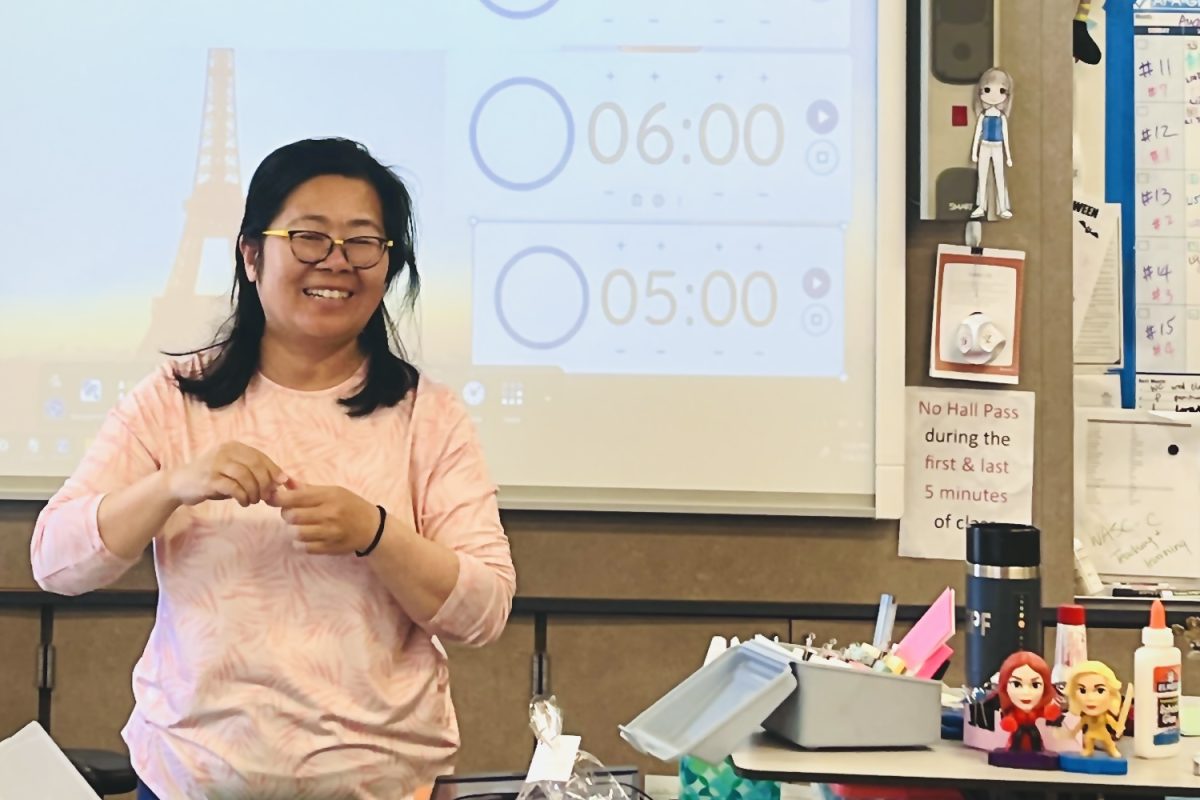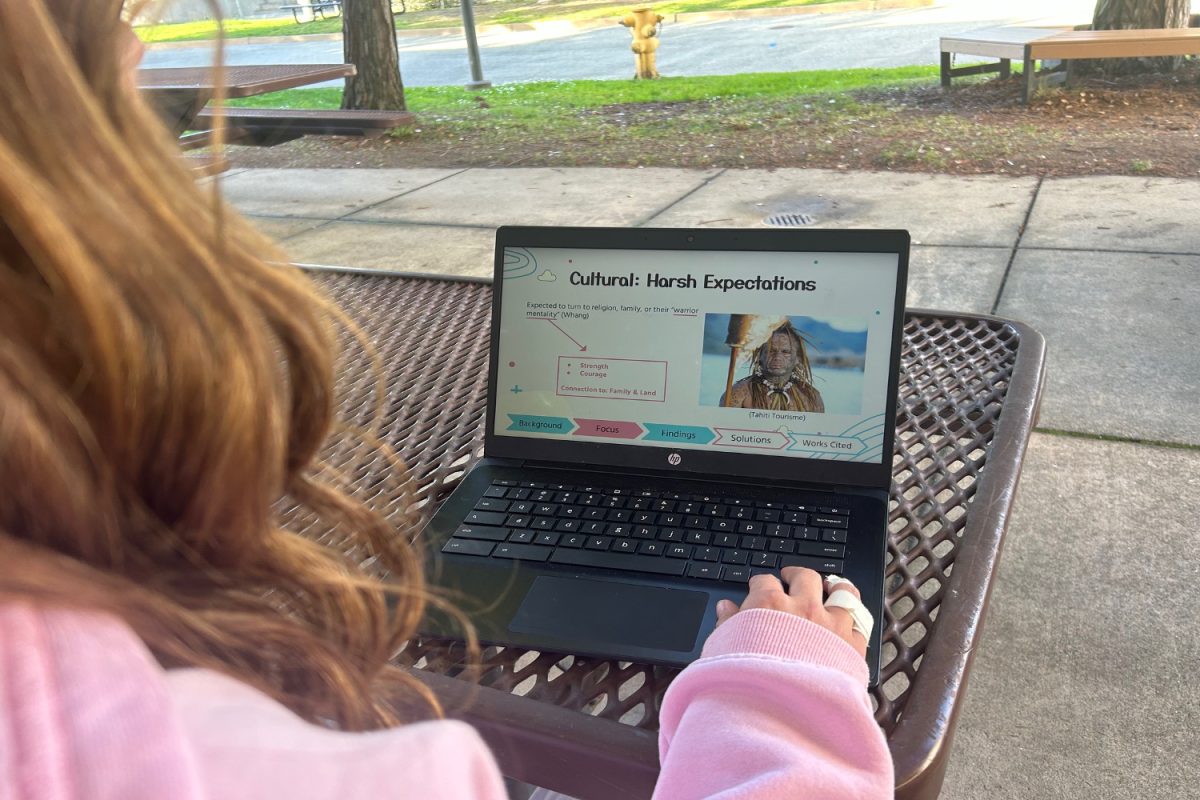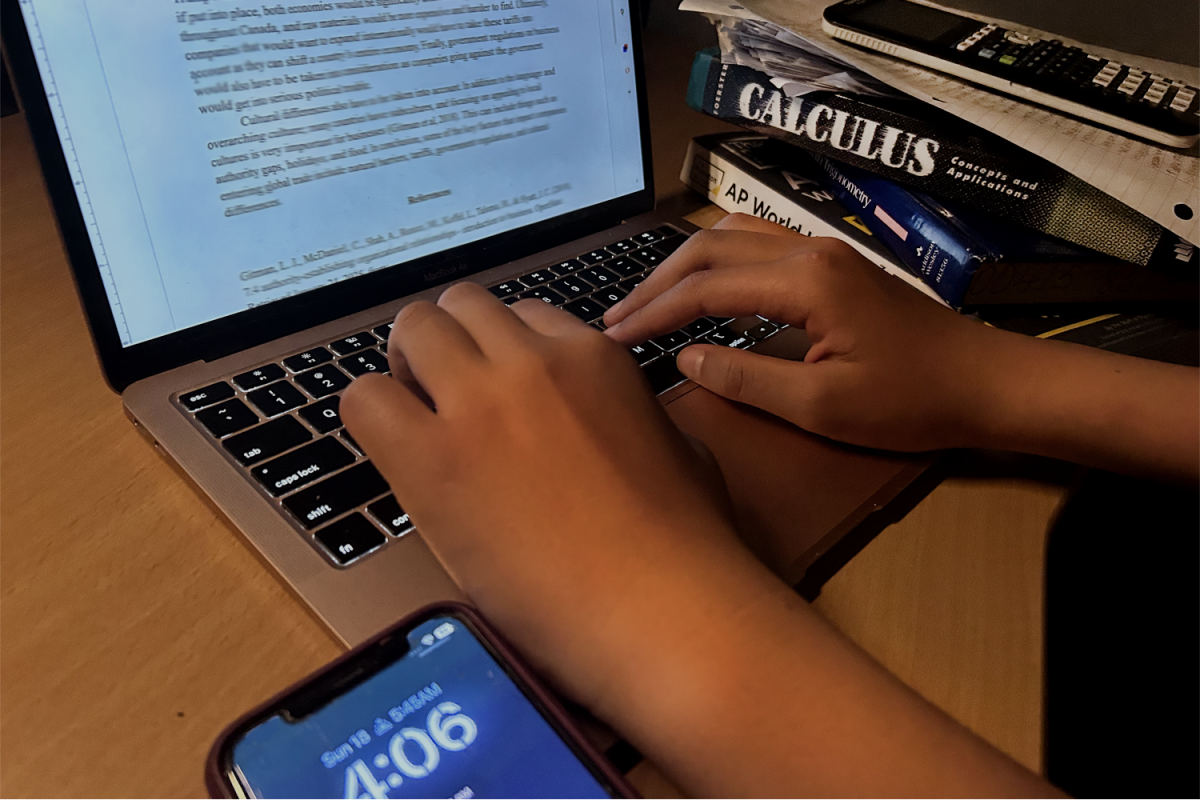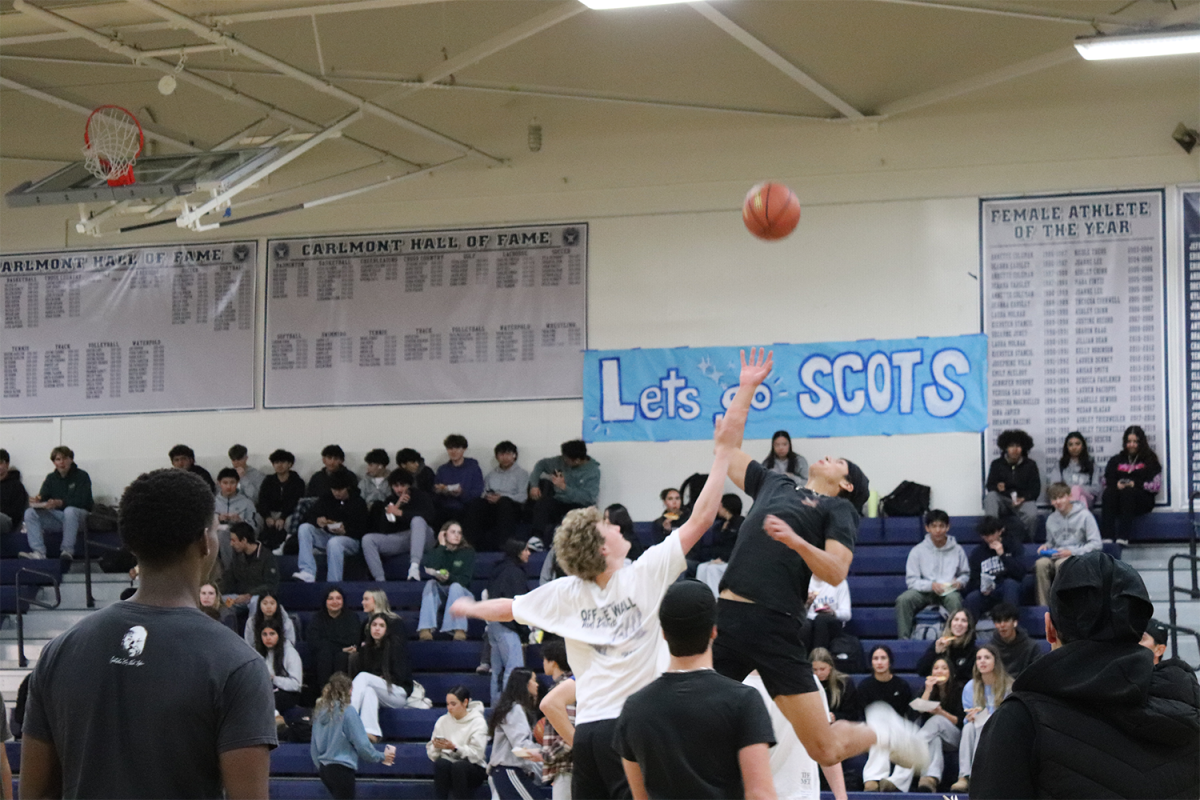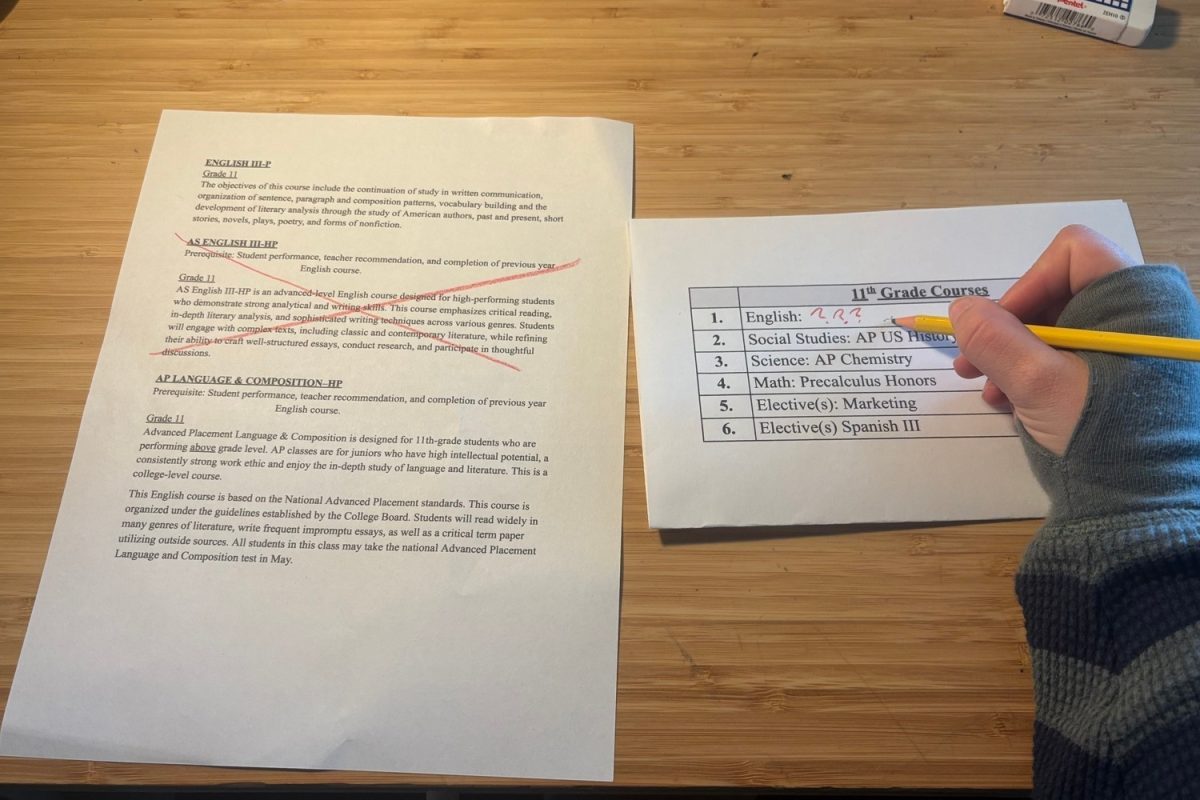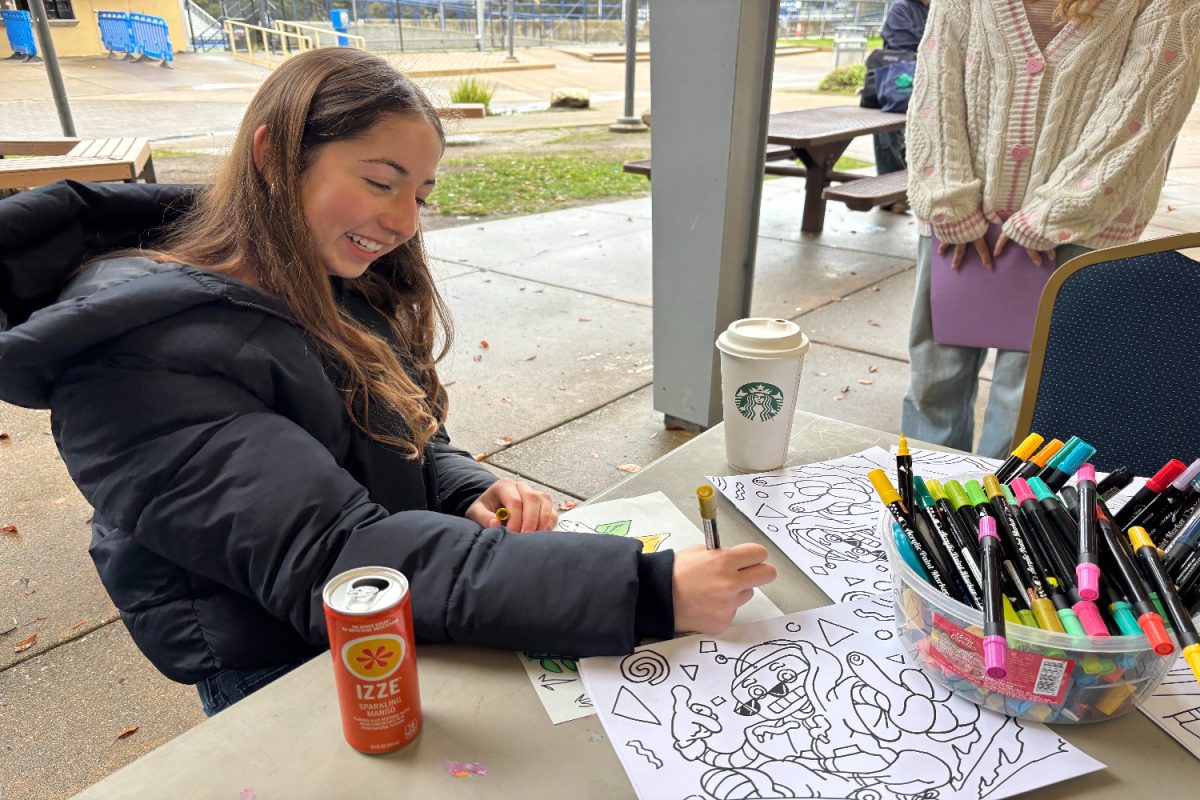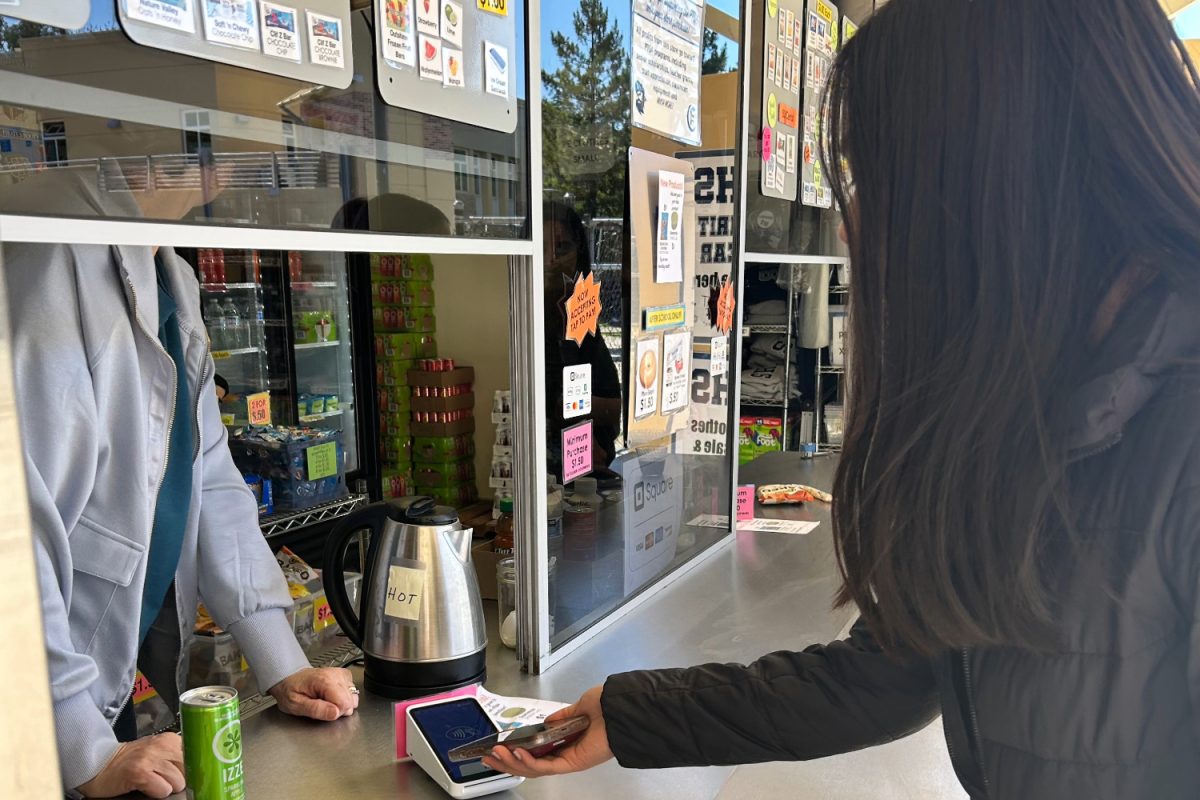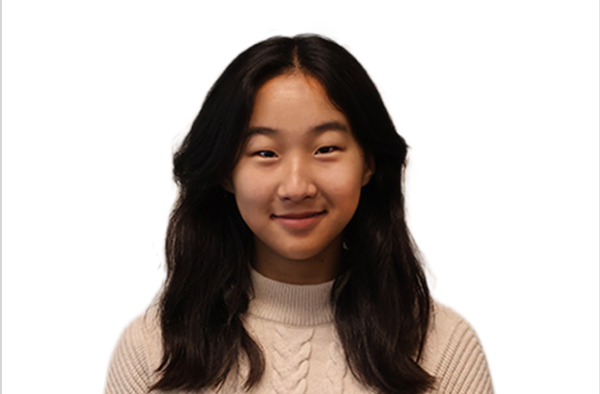Mindy Chiang, the sole Chinese language teacher at Carlmont, has been instructing and empowering students for almost 20 years since the program’s initiation.
The student population and demographic influenced the course addition, and it has since become another part of the world language tract for students to follow.
“Having an Asian language program reflects the changing in ethnicity makeup in the area, as well as the demand,” Chiang said.
With a large Chinese- and Asian-populated area around Carlmont, there has been a much higher demand for an Asian language program from students and parents alike. With the growing diversity on campus, having three world language programs was paramount. Rosa Pissani Medina, the head of the language department and a Spanish teacher, has noticed the diversity at Carlmont during her years of teaching.
“Having three different language programs is a blessing, and we are focusing on the student population needs in our community. Our world language program and student diversity is really big,” Pissani said.
Since its founding, the Chinese program has grown with Chinese I, II, III, and AP Chinese courses available for students to take. Now, Chiang is teaching six periods of Chinese classes, as well as collaborating with Chinese teachers from other schools.
“When you teach Chinese, it’s like teaching multiple subjects in one room. You’ve got to write grammar; you’ve got to speak,” Chiang said.
Lessons are curated by Chiang and are personalized to her teaching style, with a focus on all aspects of Chinese and the whole person. With her teaching, she ensures her students not only understand grammar structures, vocabulary, and speaking but also culture and listening skills.
“If we just talked about vocabulary and grammar, that’s very clinical. You have to understand the culture to effectively communicate,” Chiang said.
However, Chiang doesn’t merely teach the Chinese language and culture in her classroom. Students are taught collaboration, communication, and other lifelong skills. In a standard 50-minute class period, students will review lesson dialogues, grammar structures, speaking exercises, and periodic projects broken up throughout the semester.
“Chinese to me is an in-depth learning and opportunity to learn about a new and different culture,” said junior Jackie Oh, a three-year student in the Chinese program.
For Oh and her classmates, Chinese class has become a highlight of their day. However, this program does not just impact those currently in it but also those who have graduated.
Evan Chiu is a current freshman in college and an alumnus of the Carlmont Chinese program. After being in the program for two years, he experienced all aspects of Chinese culture and language through the instruction of Chiang.
“I think the Chinese program has prepared me for not only the rest of high school but upper-level curriculum as well,” Chiu said. “It allowed me to meet and collaborate with new people.”
With a growing population of students in the Chinese program, Chiang continues to strive for improvement in her courses to both empower and inspire students through all aspects of Chinese culture and language.
“Any world language program can empower students because it exposes you to a different culture, a different way of looking at things, and a different history that enriches your life,” Chiang said.

